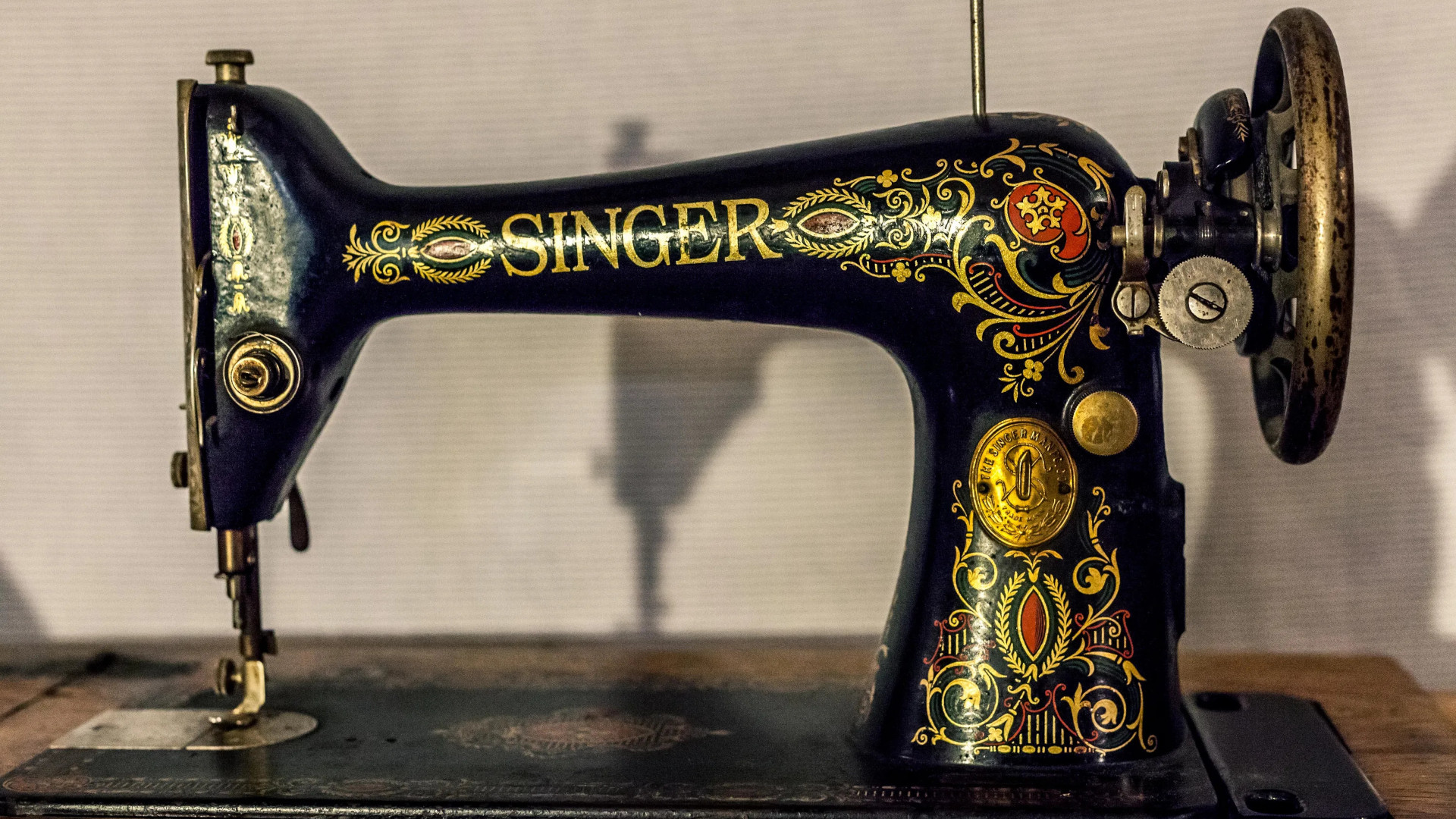Modern sewing machines owe their prototype to Isaac Singer, who at the age of 39 moved to live in New York. There he met an inventor named Orson Phelps, who showed Isaac his version of the typewriter. But Singer significantly improved it by inventing the mechanism of the needle movement “up-down”, which is still used to this day in modern devices.
But even such a high-performance and reliable version of the sewing machine, no one was in a hurry to buy. And then Singer went even further. He modified the design so that it became very easy to repair his cars at home. And this started a real boom in Singer products, which gave rise to a lot of myths.
Myths
The first myth is related to the name. The fact is that the original name of the manufacturer sounds like Singer. But there is also a brand with a consonant name-Zinger, under which manicure tools are produced. And these are two completely different companies. But scammers often use this moment to deceive gullible citizens. First, they arrange a meeting and promise to give a lot of money for an antique sample. However, upon arrival, during the inspection of the car, they say that it is a cheap fake. Like, you see, this is Singer. And it should be-Zinger. And so often they buy an expensive typewriter for mere pennies, which, of course, has the correct name and absolute authenticity.
The second myth is related to the fact that platinum was used in the first machines to increase wear resistance. Allegedly, this metal was not valued at that time, and therefore it was widely used in production. But this is not true. People did not know about the real value of platinum except in the Middle Ages and earlier. And in the 19th century in the United States, manufacturers of course understood how much platinum costs, and they would not make spare parts for a car that was sold for $200 from it.
Another myth is connected with the fact that the manufacturer is allegedly ready to buy cars with a serial number starting with one at fabulous prices. No one knows where this fiction came from. But many hunters for easy money have been checking sewing machines around the world for a long time in search of their “lucky number”.
The fourth myth was invented in Saudi Arabia, but quickly spread to the whole world. The essence of it was that allegedly there was a little “red mercury” in the Singer needles. This is a rare substance that is used in the creation of atomic bombs. And even a few grams can be sold for millions of dollars. Well, to recognize it, it is enough to bring a smartphone to the typewriter. If it turns off immediately, it means that there is “red mercury”in it. It is not necessary to say how many treasure hunters immediately rushed to search for non-existent needles. For such adventurers, applications have even been created to search for treasures, whose Android apks can be found on specialized sites.
There is another spectacular legend. One of them was a real riot in the ’90s when one man became a popularizer of it. The myth was that after the revolution of 1917, the aristocrats escaped from captured Bolshevik Russia and took with them gold melted into components of a sewing machine. The reason for this is that the customs officers seized all the jewelry, but allowed the export of household goods abroad. So many wealthy people disguised their wealth in this way. Later, this myth began to look different. It was said that the fascists had taken from Germany their collected wealth by the same method.
There’s another amazing legend about that time. It says that the Germans, who were expecting to lose in World War II, hid a lot of gold and jewelry in the Swiss Bank. However, they wrote an access code to their treasures on one of the components of Singer’s sewing machine, which they believed would survive the world turmoil.
Even though it’s all just myths, Singer’s sewing machines cost a lot of money even in our time. However, their main value is that even now they do their job at the highest level and allow people to make quality products even from very dense types of fabric such as leather, canvas, and tarpaulins.



Recent Comments